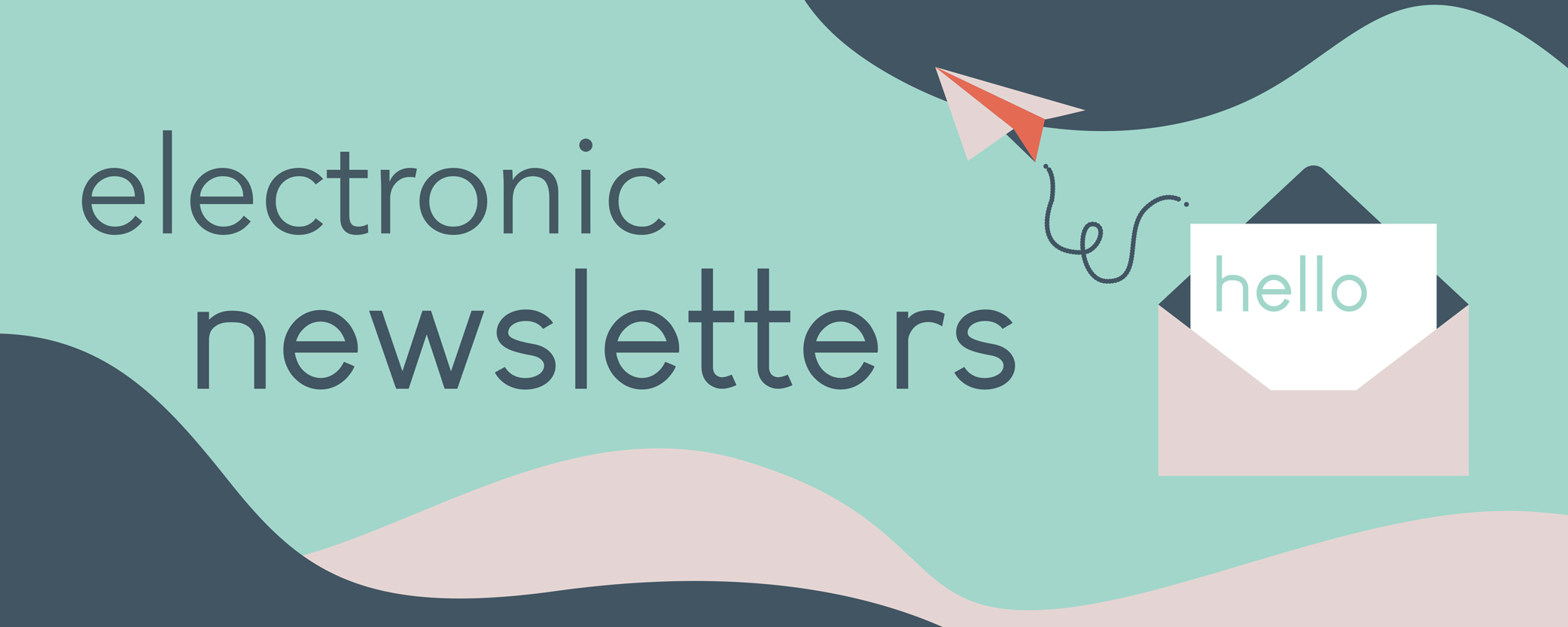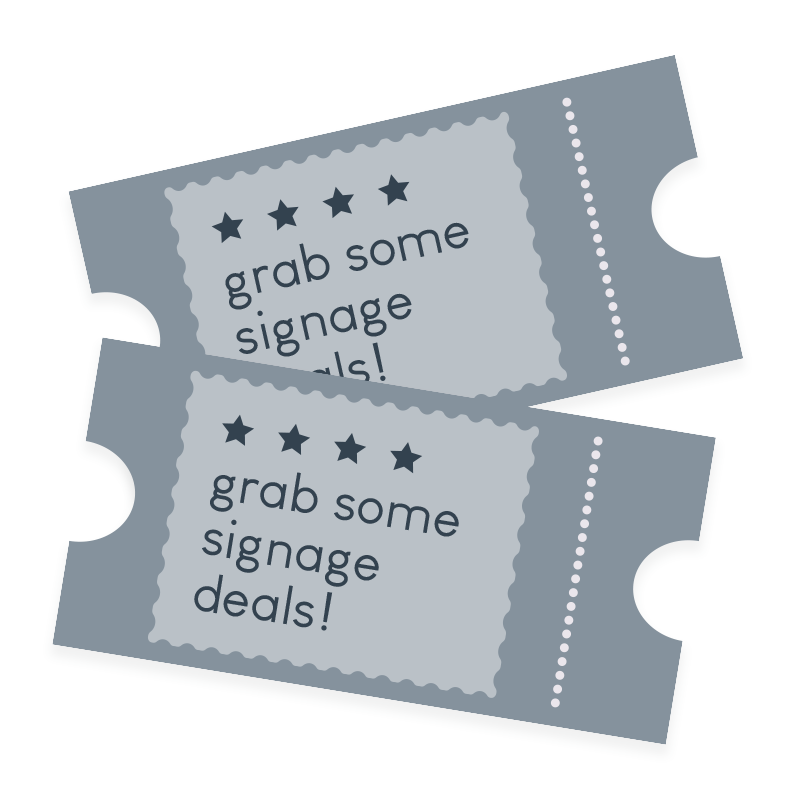
30 Jun How to write a good e-newsletter
It felt like the world reignited its love affair with e-newsletters during lockdown, but how do you ensure your carefully managed audience don’t delete your newsletter without reading it or worse still hit unsubscribe?
Strategy
A good newsletter starts with a good plan. What’s the purpose of your newsletter? How often does your audience expect to hear from you? What do they want to know? What do you have to share?
Audience
Hopefully, you have a list of customers, prospects and stakeholders who have given their permission to hear from you. If not, you need to build a list. You can do this by having a sign-up form on your website and social media, run a competition to gather sign-ups or perhaps offer something of value in exchange for signing up. No matter what your strategy is for building your audience, asking permission is essential.
Subject lines
There’s an old saying that you spend 80 cents of every dollar on your headline as on average five times as many people read the headline as the body copy (David Ogilvy). So putting the time into a good subject line on your e-newsletter pays off. Good subject lines solve a problem (“What to plant in the shady corner of your garden”), entice (“The top five shade-loving plants”) and inform (“Buy shade plants in bulk and save”). It’s best to use descriptive and literal wording. Clickable headlines often feature lists and numbers (Top five tips for writing an effective subject line).
Exceptions to the rule
Like every rule there are exceptions. If your subscribers are familiar with your newsletter and your open rate is consistent there can be a benefit in having the same subject line month after month. There’s comfort in the familiar.
Images
Quality images draw the eye, tell a story and break up blocks of text so choose well and they will work hard for you. Like writing a good headline, don’t be too abstract or quirky with your images – align the image to your content. Use stock images if you must, but choose wisely and always think quality, quality, quality.
Content
Attention spans are limited so plan what you are going to say and only include what’s truly relevant. We suggest one topic per section – perhaps following a ‘headline, image, content’ pattern. Cover off the key information as succinctly as possible – that’s usually who, what, why, when and how. If you have a lot to say can you provide a taster in your newsletter and direct people to your website to find out more?
Layout
Use a consistent layout so regular readers know what to expect and can ‘find the bit they like’ with ease. Perhaps you use a simple one column heading, image and text combo or something fancier – either way, once you’ve got the formula right, stick with it. Tip: We love using lines to break up sections of text.
Measuring your success
The analytics provided with most e-newsletter systems are gold. You can see how many people open your newsletter, how this compares to other people in your industry and like all analytics compare data over time to find the winning recipe. If you use buttons to link through to your website or to send an email you can measure what people respond to and use this information can be used to create a call list or know what to repeat next time.
Winning formula
Once you have the formula right, e-newsletters can be an easy way to regularly reach out to your community, keep them informed and drive people to items of interest on your website or by contacting you directly. Just don’t leave using e-newsletters until there is a crisis.


 grab some signage deals!
grab some signage deals! download our website checklist
download our website checklist